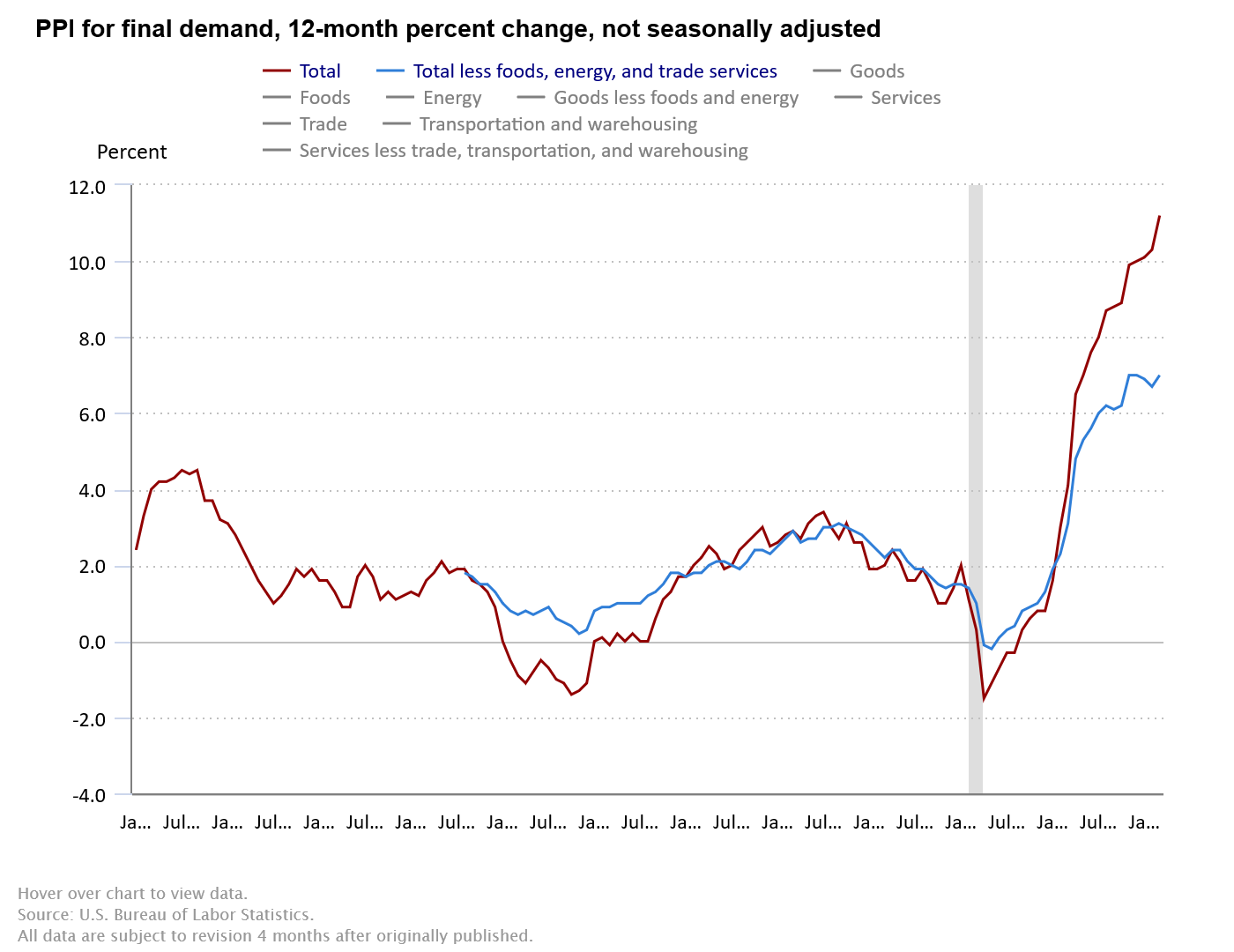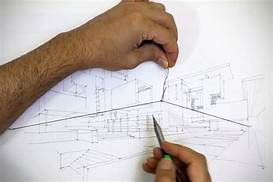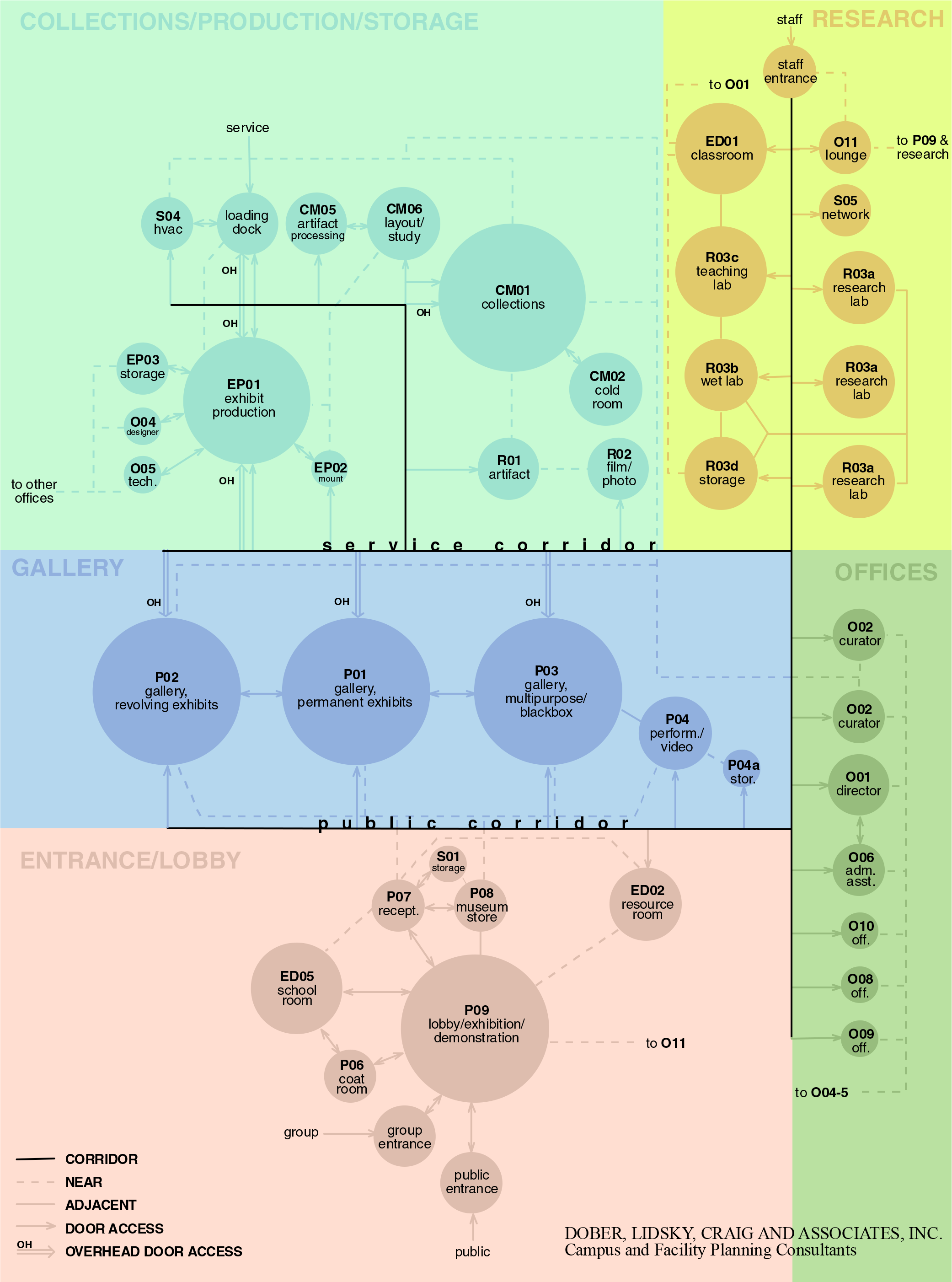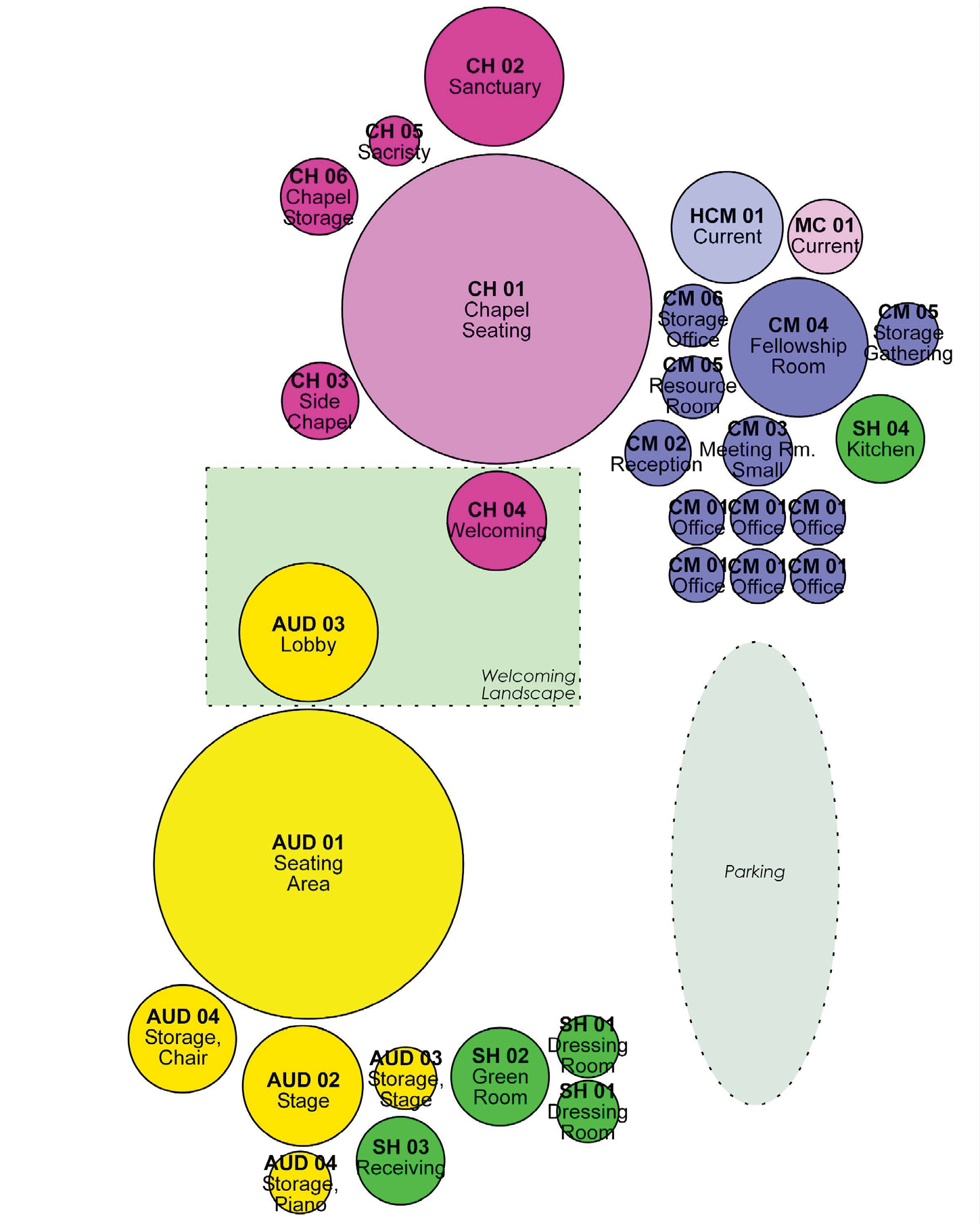| |
|
As all who are involved with higher ed facilities know, the cost of construction has gone through the roof.
According to the Association of General Contractors (AGC)1, the Producer Price Index (PPI) for non-residential construction calculated by the US Bureau of Labor Statistics rose 24 percent in the year ending in June 2021, moderating(?) slightly by the end of last year to 19.6 percent. The reasons for these record increases are well-documented:
- Materials costs (PPI for steel rose from 5.2 to 127 percent, for gypsum products from 3.6 to 21 percent, for construction plastics from 5.4 to 34 percent).
- Pandemic-related disruptions to supply chain and labor markets
- Cost of fuel increases (PPI for diesel increased 55 percent in 2021)
- Cost of construction vehicles and heavy equipment extending to the cost of tires for these machines.
- Long-running disruptions to fuel refinery operations dating back to the Texas freeze in winter ’21.
- Rising pay for non-residential construction workers to attract and retain experienced people that didn’t leave the field at the height of the pandemic.

AGC indicates that the outlook for consistent, broad-based improvement in the supply chain performance is unlikely to occur in 2022 meaning lead times for materials will remain long and unpredictable and prices will continue at record levels for the foreseeable future.
What constructive responses can planners resort to in such hyper inflationary times?
Build less – obvious and for most, unavoidable, but this strategy carries with it the obligation to explain to all constituents the reason(s) why. It also does not preclude advancing planning work that can set the stage for well-reasoned projects when the time is right.
Plan more and in greater depth – When the cost of new construction and major renovation puts some proposed project elements out of reach, it becomes even more important to ensure that the need for new and renovated facilities is fully justified and articulated. This involves:
- Deeper investigation into the demand for the uses the proposed space will support
- Stronger linkages established between the proposed facility improvement and accomplishment of the institution’s strategic goals
- More in-depth research on peer facilities and practices
- More research on costs
- More thorough study of alternatives to new construction –
- examining schedules and current practice to test if a policy, operational or program design change could increase capacity or reduce demand for space,
- studying space utilization across the institution to discover possible misallocation, renovation possibilities, etc.
- More exploration of how different modes of teaching and learning can affect construction costs – hybrid, online, and in-person instruction.
- Establish a clear and strict prioritization process for determining both the projects that are approved to move forward and for the elements of those projects during the advanced planning and early design phases.
- Closer adherence to institutional space allocation and utilization guidelines

Revisit and refresh institutional space guidelines – Speaking of these guidelines, the post-pandemic period is a very good time to revisit or establish guidelines:
- Looking at your strategic planning, is your institution working to offer more remote learning than in the past?
- Looking at your learning space utilization, are your classrooms, labs and studios more, or less heavily utilized than in the past assuming an instructional inventory of similar number of spaces and capacity? Have a greater percentage of course sections migrated to evening hours, hybrid or remote formats? What is an appropriate inventory and utilization target going forward? If your institution still has a significant number of departmentally-owned classrooms, these will be more intensively utilized under Registrar/central control.
- Looking at your faculty and staff workplace, are more employees working remotely? Is that trend sufficient to affect the amount or type of office space?
- Do your office guidelines reflect contemporary work modes and preferences?
- Do your guidelines extend to outdoor environments that support interaction, instruction and study?
There is a lot to unpack in any one of these issues and some are interrelated, so a comprehensive approach, informed by strategic planning will be most productive.
More rigorous project planning – When the need for new construction or major renovation has been thoroughly justified and the concept moves forward to the project stage:
- Set a realistic and achievable construction budget and stick to it.
- Although A&E firms play an important role in designing a proposed building, the college or university should take responsibility for managing the project planning process.
- Prepare a summary facility program – working with the future users of the facility and the project proponents, identify each space required – purpose, size, number, etc. Enlist the user group to review the program as it develops comparing the space generated to relevant benchmarks on and off campus. Use this summary or one-line program to develop a preliminary cost estimate. The program will also inform early building concepts whose emerging features may drive cost premiums.
- Go beyond the one-line program by developing a detailed program with room data sheets. This highly detailed document describes the project rationale, concept, location, and preliminary alternatives and then specifies every key characteristic of each programmed space – detailed purpose, finishes, windows, doors, ceiling height, floor mechanical and electrical requirements, acoustical performance, equipment, furnishings, adjacencies, etc. With this information professional cost estimators can prepare more accurate, project specific projections of cost, again identifying potential premium requirements that could be adjusted to effect savings.

- The detailed program, or project brief becomes the starting point for the design team and a tool for the institution to ensure project requirements are being met in the emerging design.

Education – If nothing else, helping decision-makers understand the causes driving construction cost inflation can prepare them for the reality of building in today’s market. While there has been a lot in the news about the impact of inflation on consumers, we can’t assume the folks we work for are fully informed on the scale and specifics of the impact on the cost of material and labor. Making this effort can help avoid visceral reactions and disbelief of the bad news contained in unexpectedly high cost estimates.
The pandemic and the world’s responses to it have made this a difficult period for colleges and universities on multiple fronts, facility-related costs being just one. Those responsible for planning and decision-making have many tools and techniques to employ to assist their institutions in advancing their missions and strategic goals even in this hyper-inflationary period.

George Mathey
________________________________
1 2022 Construction Inflation Alert, February 2022, The Association of General Contractors, www.agc.org
|
|
|




